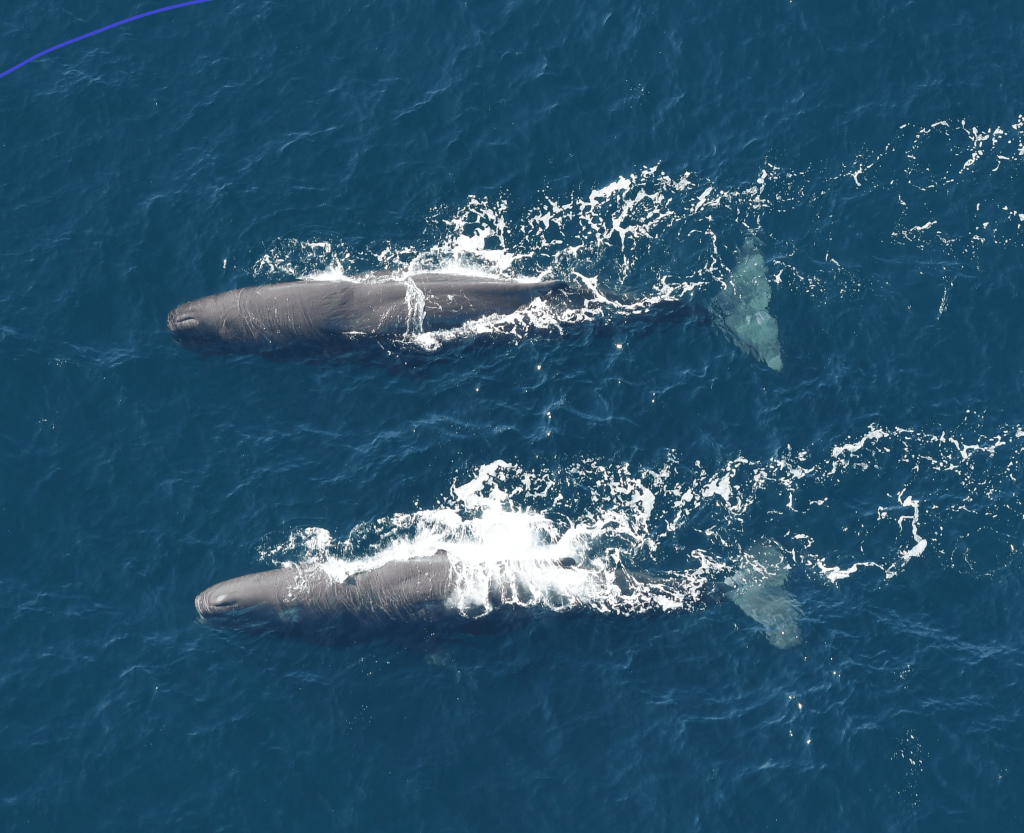Just 130 miles off our coast lies the first and only marine national monument off the continental United States, a place protected from most human harms.
The Northeast Canyons and Seamounts Marine National Monument is an incredible deep-sea wilderness that I’m lucky enough to have seen firsthand on research expeditions into its extreme underwater terrain.
The experience of descending from the surface to the seafloor and flying up steep rocky walls and over cliff edges never gets old. The water column is full of life and the seafloor is a tapestry of biological diversity.
Now, this spectacular place has a plan to ensure it’s well protected and accessible for research and education and to link the American people to this exceptional example of our natural heritage. The final management plan for the Northeast Canyons and Seamounts, released recently by the Biden administration, is the last step in a multiyear public process to guide the monument’s future.
As a marine national monument, the three canyons and four seamounts have the highest level of federal protection. Oil and gas drilling is illegal, as is mineral mining and commercial fishing. In this environment, endangered sperm whales can feed with their calves without the threat of entanglement, and fragile, long-lived deep-sea corals can thrive without risk of destruction.
While largely unexplored, we already know that the canyons and seamounts in the monument are hotspots of biological diversity, with every research expedition revealing new discoveries. A complete picture of the species living in the monument, how they function as ecological communities, and how diversity is sustained remains a mystery.
The management plan sets out to fix this: it calls for an inventory of what’s actually living in the monument so we can best protect it going forward. It also calls for activities to engage the public, to connect the monument and the life it holds to people across our nation.
As President Biden said when he restored protections to the monument in 2021 after President Trump’s rollback of protections the year before, “There’s nothing like it in the whole world. Because [of] its unique biodiversity, marine scientists believe that this is key to understanding life under the sea.”
The Biden Administration has set a goal of protecting at least 30% of America’s waters by 2030. It’s an important target, but what gets protected and the level of protection also are important. The Northeast Canyons and Seamounts Marine National Monument is currently the only highly protected area in the U.S. Atlantic and one of only a small number off the continental U.S. To truly safeguard the diversity of America’s ocean, we need more highly protected areas off our coasts, including New England.
We also know that establishing a marine protected area is the first step toward safeguarding our ocean. It’s only when they are managed, funded, and staffed that they reach their full potential, both for the species living within their boundaries and for us on land.
There’s plenty of work ahead to ensure that the ocean is healthy in the future. Much of that work is incremental and procedural to ensure that protected places can thrive. It might not be glamorous, but implementation matters. It took a collective effort to get here, including everyone who gave public comment, dedicated career staff at NOAA and the U.S. Fish and Wildlife Service, and Connecticut’s Congressional delegation, led by Sen. Richard Blumenthal, who prioritized the protection of this special place in the ocean.
So this week, I’m celebrating that we have a management plan for the Northeast Canyons and Seamounts Marine National Monument. I’m celebrating the decades of work that led to its designation and restoration of protections. And I’m celebrating the future work that will help us navigate the climate and biodiversity crises ahead.
Peter Auster is Senior Research Scientist at Mystic Aquarium.

